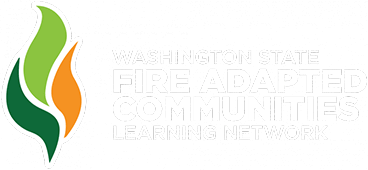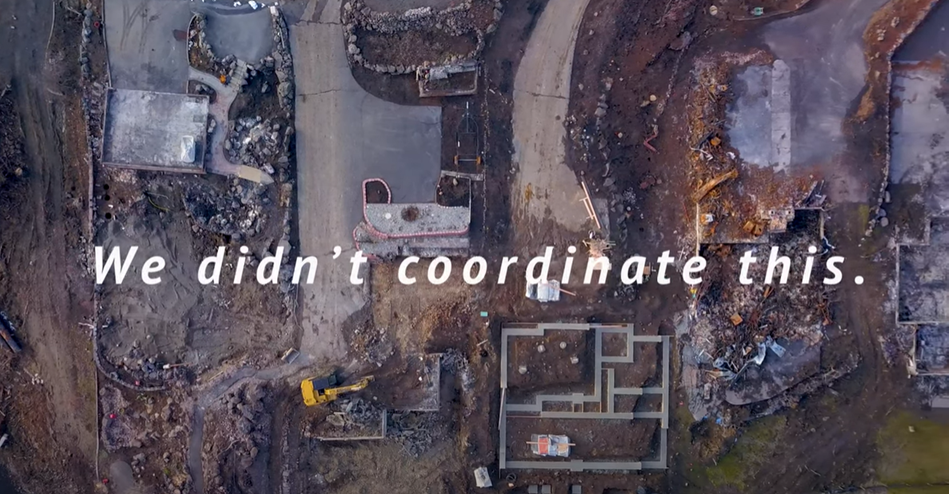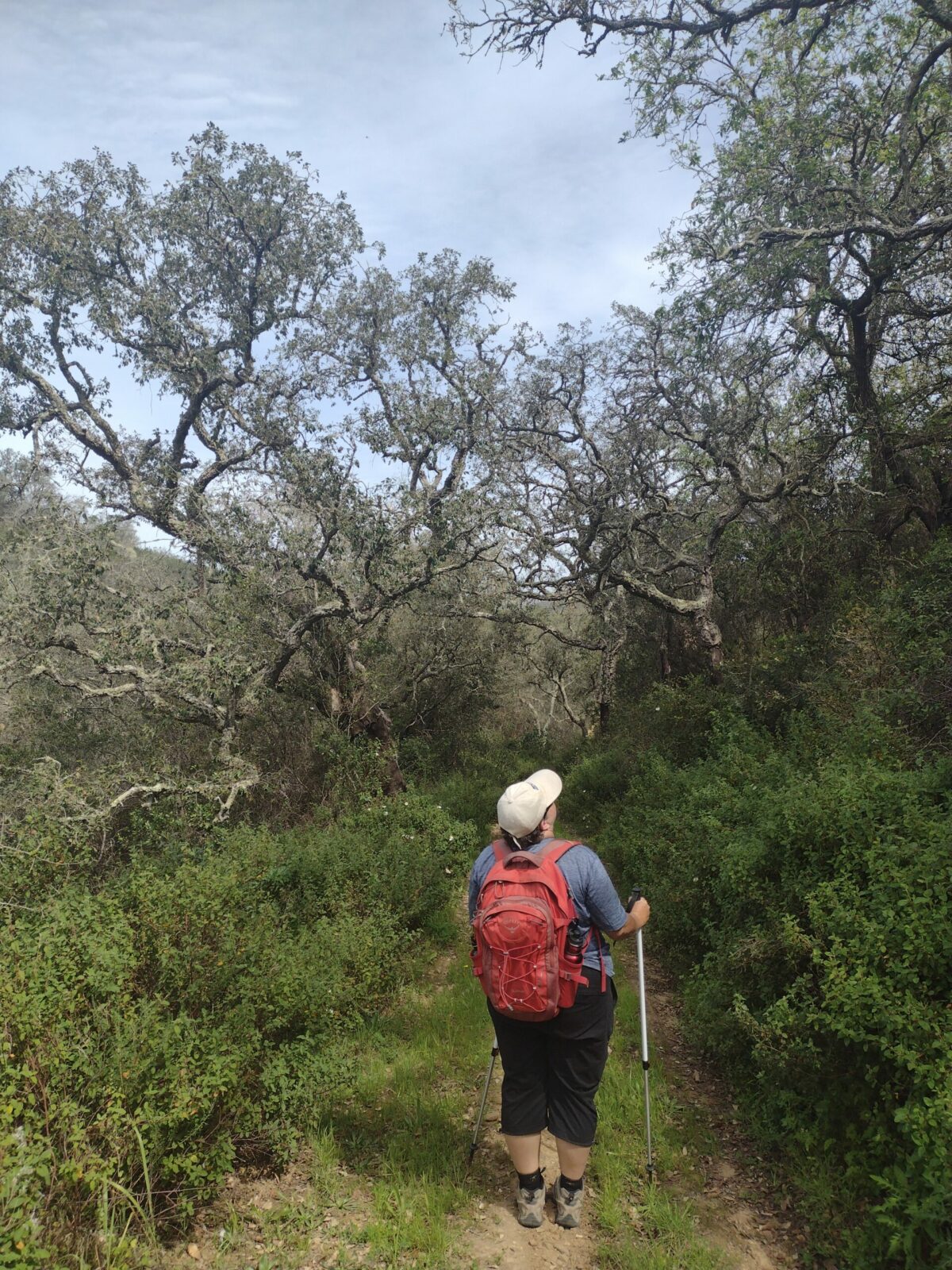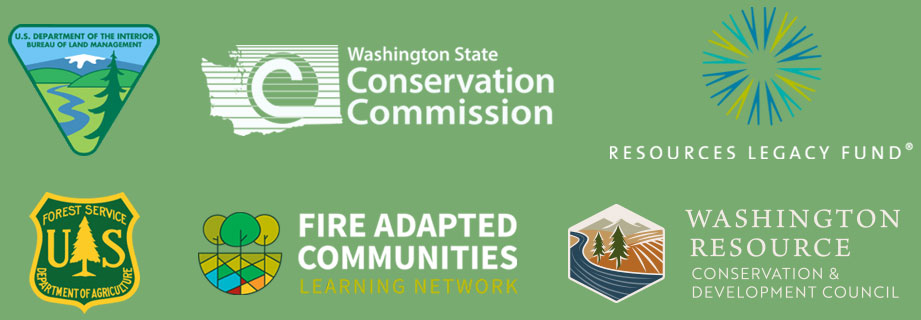In the Yakima Valley, cultural diversity is one of our biggest assets and cross-cultural communication can be our biggest challenge. Data from the US Census Bureau shows that 50% of Yakima County residents identify as Latino or Hispanic, 40% of households speak a language other than English at home, and 18% of our residents were not born in the US. The Yakima Valley is also home to many different cultures and it has always been the home to people of the Yakama Nation whose reservation is approximately 40% of the land area in the county.
To learn how to increase wildfire adaptation in our community, Andrea Ely and I were fortunate to attend the National Fire Academy’s six-day course “Cultural Competence in Risk Reduction”. The purpose of the course is to connect fire prevention personnel with diverse groups to increase the reach and effectiveness of fire and life safety services and programs across cultures. The course applied the risk-reduction model, in the context of cultural competency — not about any one culture, but the building blocks of culture.
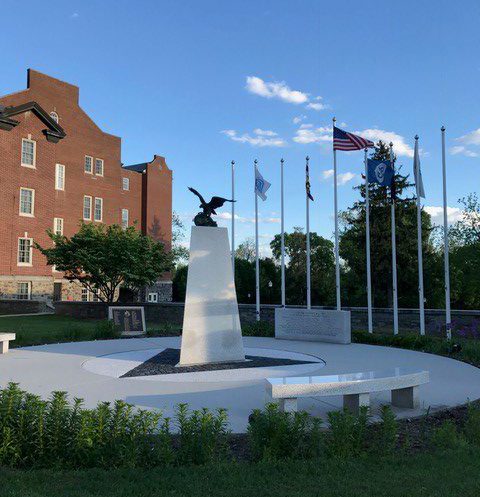
It is difficult to narrow down everything that we learned, but here are a few good takeaways when employing fire adaptation efforts in culturally diverse communities:
- Risk Reduction: When it comes to risk reduction, people must believe they are at risk, that the risk is serious and that they can change it. Otherwise, they will not be invested. It’s important to ask about a person’s perception of risk. Once you know their perception of risk, you have a starting point for a discussion or program.
- Culture: Culture can influence a person’s attitude and behavior. It is important that we all learn the value in someone else’s culture and apply the 7 Lessons for cross-cultural communication:
- Don’t assume sameness.
- What you think as normal behavior may only be cultural.
- Familiar behaviors may have different meanings.
- Don’t assume that what you meant is what was understood.
- Don’t assume what was understood is what was meant. Seek to understand first, then to be understood. If you make a mistake, an apology can go a long way!
- You don’t have to like or accept different behaviors, but you should try to understand where they come from.
- Most people do behave rationally; you must discover the rationale.
- Communication: Only 7% of the literal meaning of words is understood, 38% of communication is the tone emphasis of your words and 55% of communication is your facial expression and body language.

- Importance of Pilots: All communication gaps do not need to be solved at once. To increase effectiveness, employing small scale pilot programs can identify and provide an opportunity to resolve problems early before expanding to a larger target audience. Throughout the pilot, it is important to evaluate the program and share your success and failures with others.
On the way home, Andrea and I had one last meal together and reflected on this great opportunity we had been given to attend the National Fire Academy. The most important thing we took away from this course is self-awareness. The course teachings provide the proper skills for culturally competent communication. However, it all starts with you. Reflecting on the way you communicate can be the first step in your journey to becoming culturally competent.
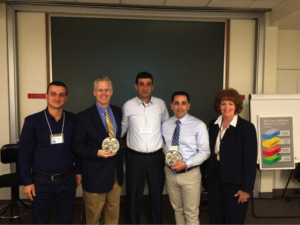
This incredible experience provided us with a premier education and expanded our network. The course connected us to culturally diverse leaders who can help us work in cross-cultural community to produce better fire adaptation outcomes!
Resources
Who’s Missing? Thinking about Wildfire Resilience through an Equity and Inclusion Lens, a Fire Adapted Communities Learning Network blog post by Wendy Fulks, Maria Estrada
- In Spanish: Federal Emergency Management Agency (FEMA) guide to wildfire preparedness
- Online resources from the National Resource Center on Advancing Emergency Preparedness for Culturally Diverse Communities
- FEMA’s How to Include Diverse, Vulnerable Populations in Emergency Preparedness
